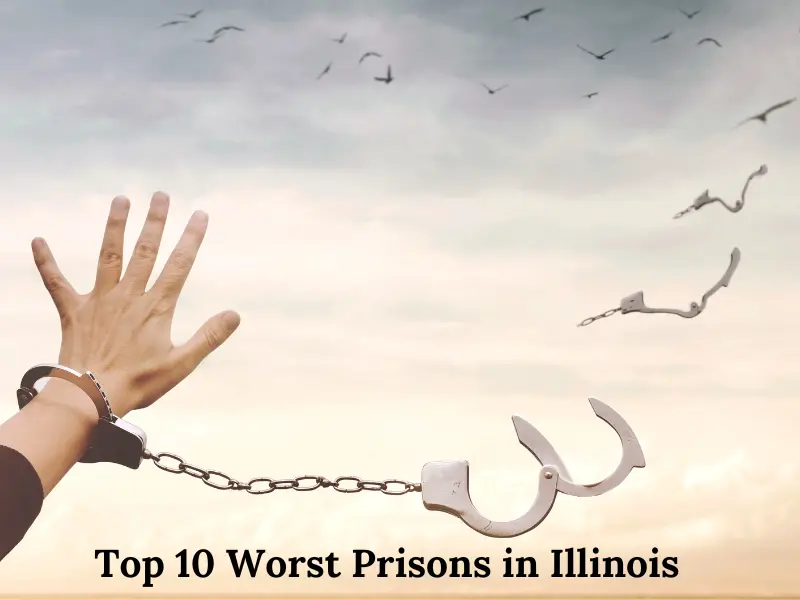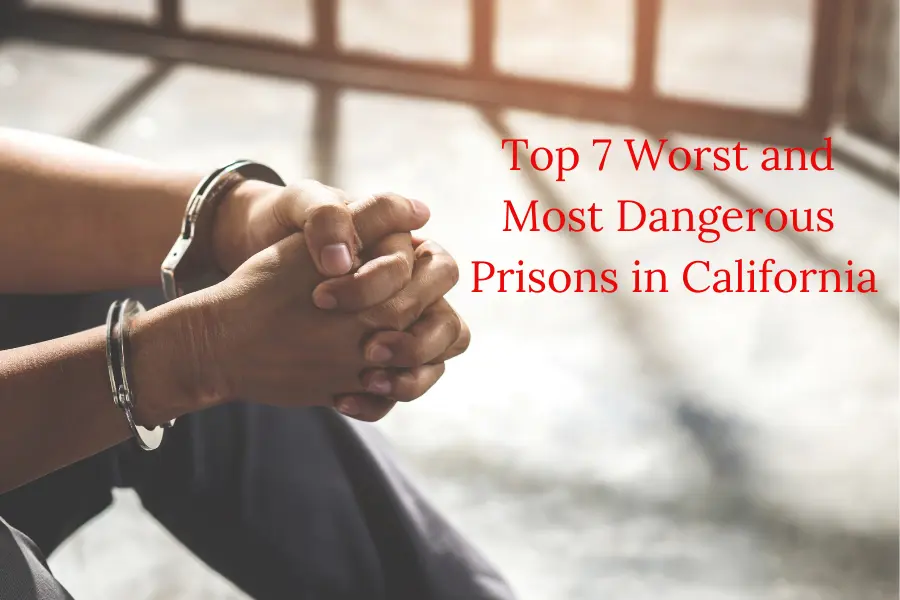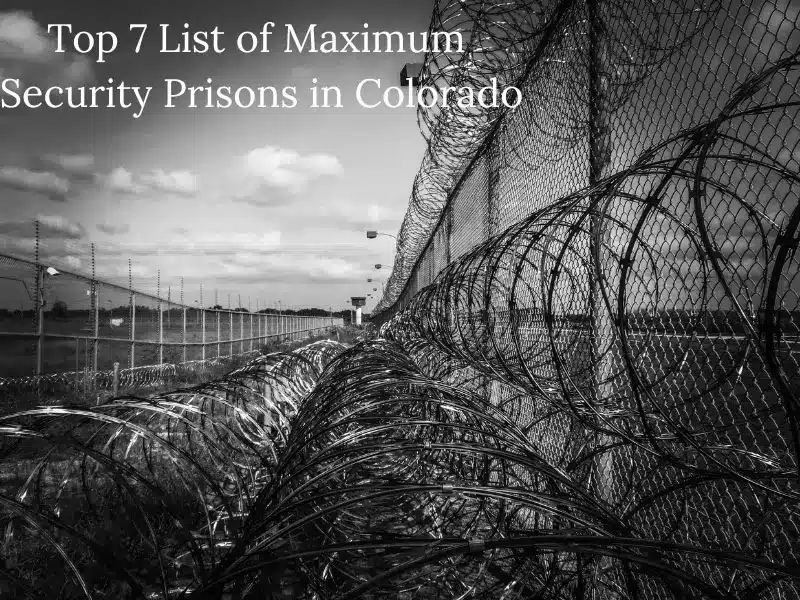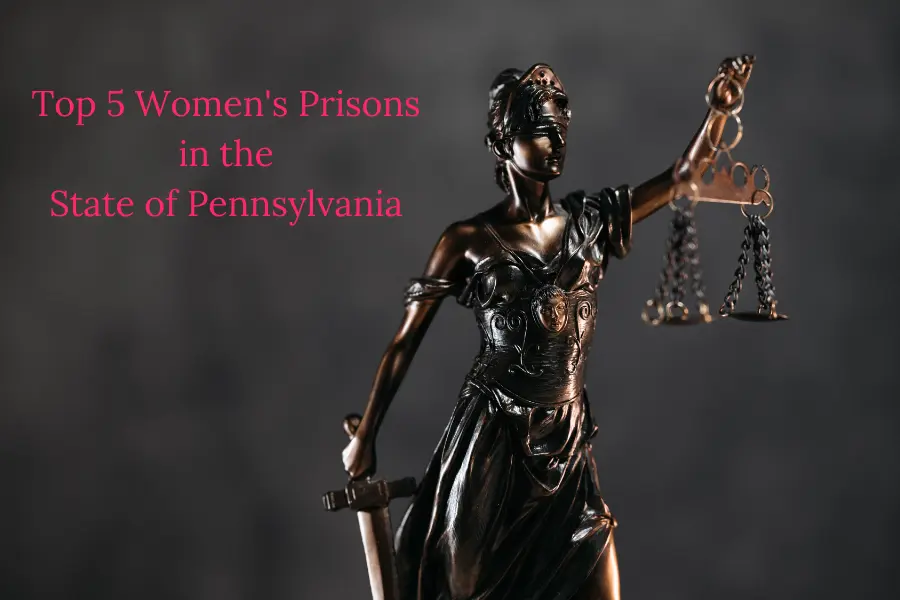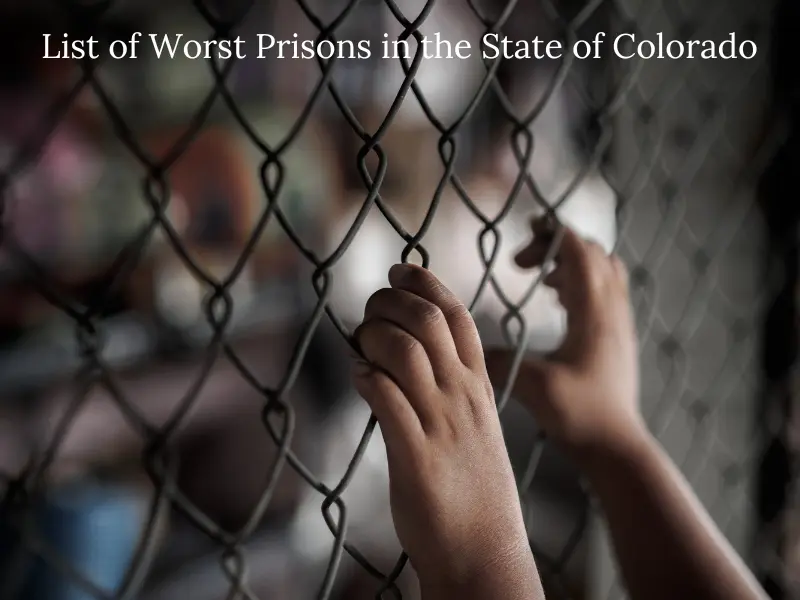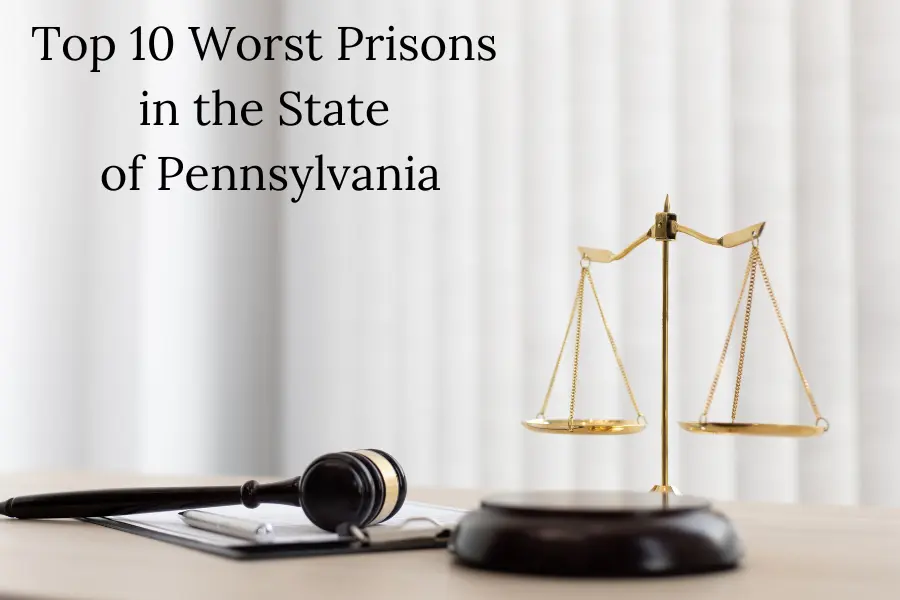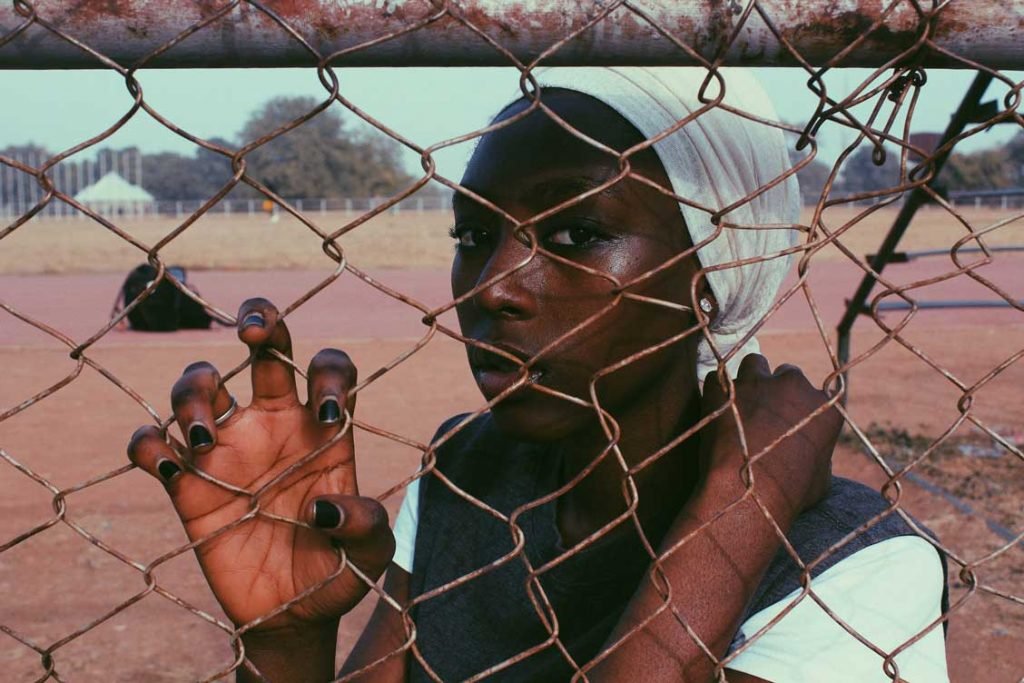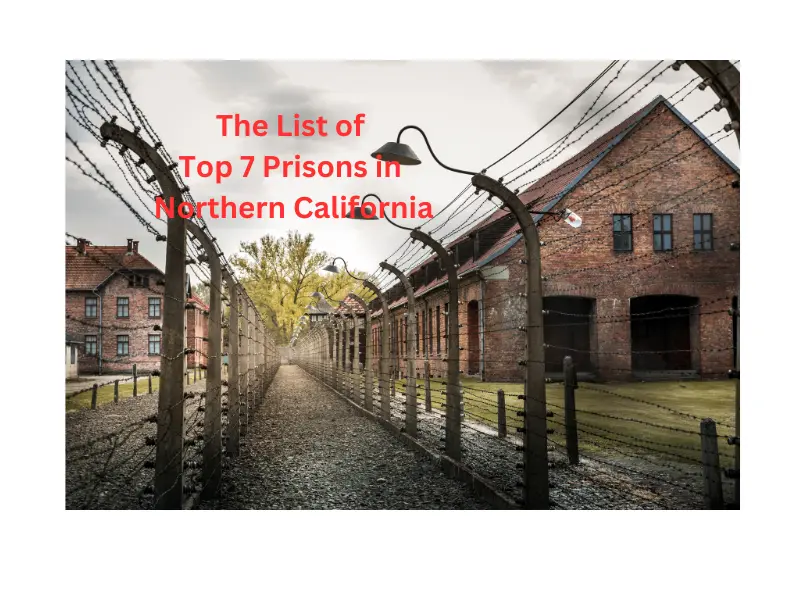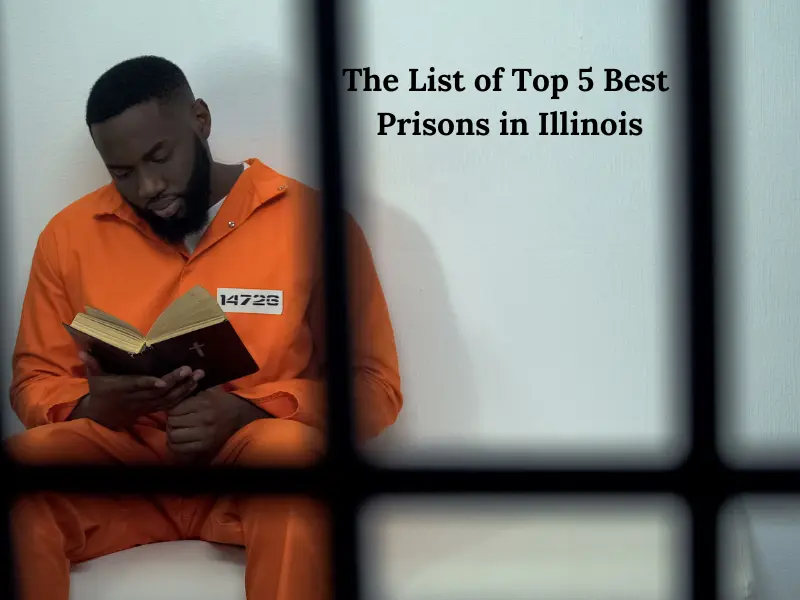You’ve come to the right site if you’re seeking information on women’s prisons in California. California has multiple women’s prisons, each with different programs and services.
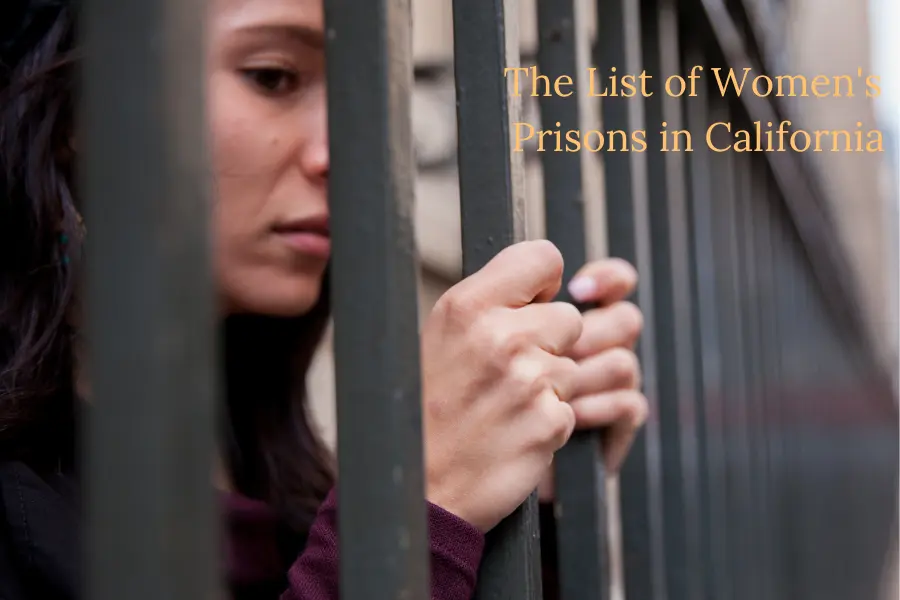
This article will offer you a full list of California women’s prisons and some basic information about each facility.
Whether you’re investigating for personal or professional reasons, this article will be an excellent resource for anyone who wants to learn more about the state’s penal system for women. So, let’s get started and look at the list of women’s prisons in California.
There are 5 Women’s Prisons in California
Here is the list of 5 prisons in California that hold female inmates.
California Institution for Women (CIW)
The California Institution for Women (CIW) in Chino, California, houses female inmates sentenced to long-term imprisonment for various crimes.
CIW offers rehabilitation and education programs for inmates returning to society after release. As of April 30, 2020, CIW has 2,640 inmates with 111.1% of its design capacity.
There’s been criticism of the prison’s overcrowding and inadequate healthcare in recent years, leading to calls for reform. Despite these challenges, CIW remains an important part of California’s criminal justice system.
Central California Women’s Facility (CCWF)
The Central California Women’s Facility (CCWF) is the world’s largest women-only prison in Chowchilla, California. The prison holds over 2,000 female prisoners who have been sentenced to long-term jail time.
The CCWF offers various educational and rehabilitation programs, including academic and vocational training, substance abuse treatment, and counseling.
However, the facility has been accused in the past of issues such as inadequate healthcare, terrible living conditions, and high rates of sexual assault and abuse.
CCWF remains a vital part of California’s criminal justice system, promoting rehabilitation and reintegration for incarcerated women.
The Federal Correctional Institution, Dublin (FCI Dublin)
The Federal Correctional Institution, Dublin (FCI Dublin) is a women’s medium-security prison in Dublin, California. The Federal Bureau of Prisons runs it and can house roughly 1,077 convicts.

FCI Dublin provides its inmates with various programs and services, including schooling and job training, drug treatment, and mental health care.
Furthermore, FCI Dublin provides a release option for qualifying offenders suffering from terminal illnesses or other catastrophic medical conditions. A second prison camp for female inmates is also located at the site.
The Central California Women’s Facility (CCWF)
The Central California Women’s Facility (CCWF), located in Chowchilla, California, is the world’s second-largest women’s correctional facility. It is run by the California Department of Corrections and Rehabilitation and can house more than 2,000 offenders.
CCWF provides its inmates with various programs and services, including academic and technical training, treatment for alcohol and drug abuse, and mental health care.
Moreover, the prison includes a mother-infant program, which allows some offenders to keep their newborns with them for up to 18 months. Of being crowded and having limited resources, CCWF is known for being a difficult place.
Valley State Prison (VSP)
Valley State Prison (VSP) is a medium-security female prison in Chowchilla, California. It is run by the California Department of Corrections and Rehabilitation and can house up to 1,980 offenders.
However, it’s currently keeping 3,014 prisoners. It opened in 1995. VSP also provides its prisoners with various programs and services, like academic and vocational education and Self-Help programs (SAP).
Final Words
There are numerous women’s prisons in California, each with its own special programs and services for female prisoners.
Whether you’re looking for the world’s second-largest women’s prison, the Central California Women’s Facility, or the medium-security Valley State Prison, we have given you a thorough list of California women’s prisons.
We can better grasp the issues and opportunities within the state’s correctional system if we understand the options open to female inmates.


